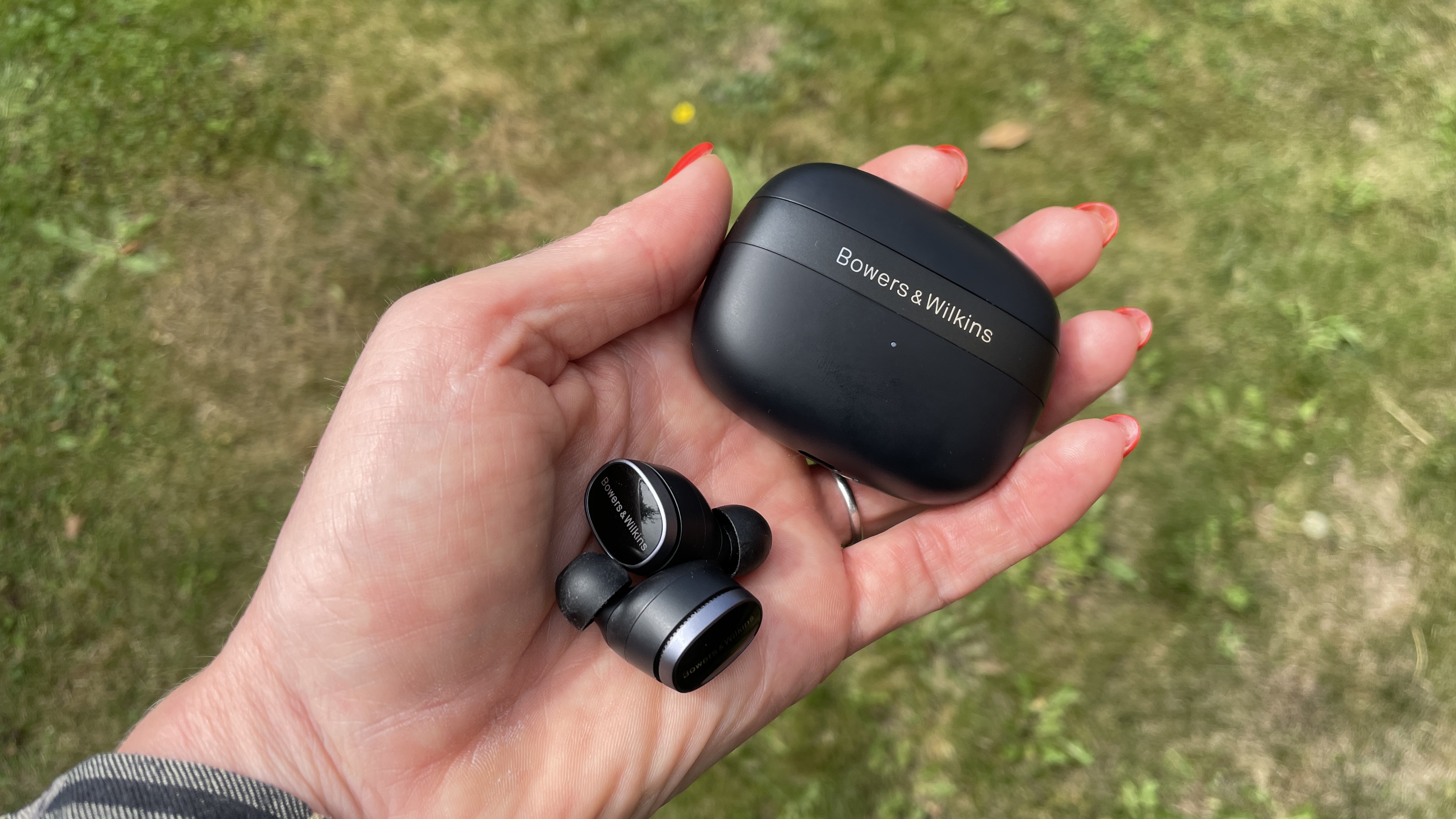
Another day, another earbuds launch? Not when its Bowers & Wilkins – and not when it is the Pi6 and Pi8. Why? Because I've got a pair of the top-tier Pi8 in my ears, and let me tell you, they fit like a dream – but let's not get ahead of ourselves
Bowers & Wilkins has long prioritized sound quality, and both new models – Pi6 and Pi8 – support aptX Adaptive up to 24-bit/96kHz for high-resolution sound quality.
So what are the chief differences between the two propositions? Well, audiophiles will want to know that aptX Lossless support is reserved for the flagship Pi8, for CD-quality 16-bit 44.1kHz lossless audio quality over Bluetooth. Also, while the Pi6 features new 12mm bio-cellulose drive units (based on tech used in the Bowers & Wilkins Px7 S2e, B&W's 2023 upgrade to its really rather good PX7 S2 over-ears), the flagship Pi8 adds an upgraded DAC, DSP and amplifier components from ADI, so it effectively bypasses Qualcomm's solution within the chipset, plus the Carbon Cone drive unit technology first used in its excellent top-tier PX8 over-ear headphones – so there's some thoughtful design correlation there.
Also, with the Pi8 you get the case retransmission function first seen in the Pi7 and January 2023-issue Pi7 S2, which allows listeners to retransmit audio to their earbuds wirelessly from connected analogue or digital sources, (think in-flight entertainment systems, home computers, or newer USB-C-enabled iPhones). It's not the first case capable of such a thing – see the Jabra Elite 10 Gen 2 or LG Tone Free T90S for something similar – but B&Ws case can now retransmit in aptX Adaptive, at up to 24-bit/96kHz quality for a valuable performance upgrade over the Pi7 S2…
Comfort is key
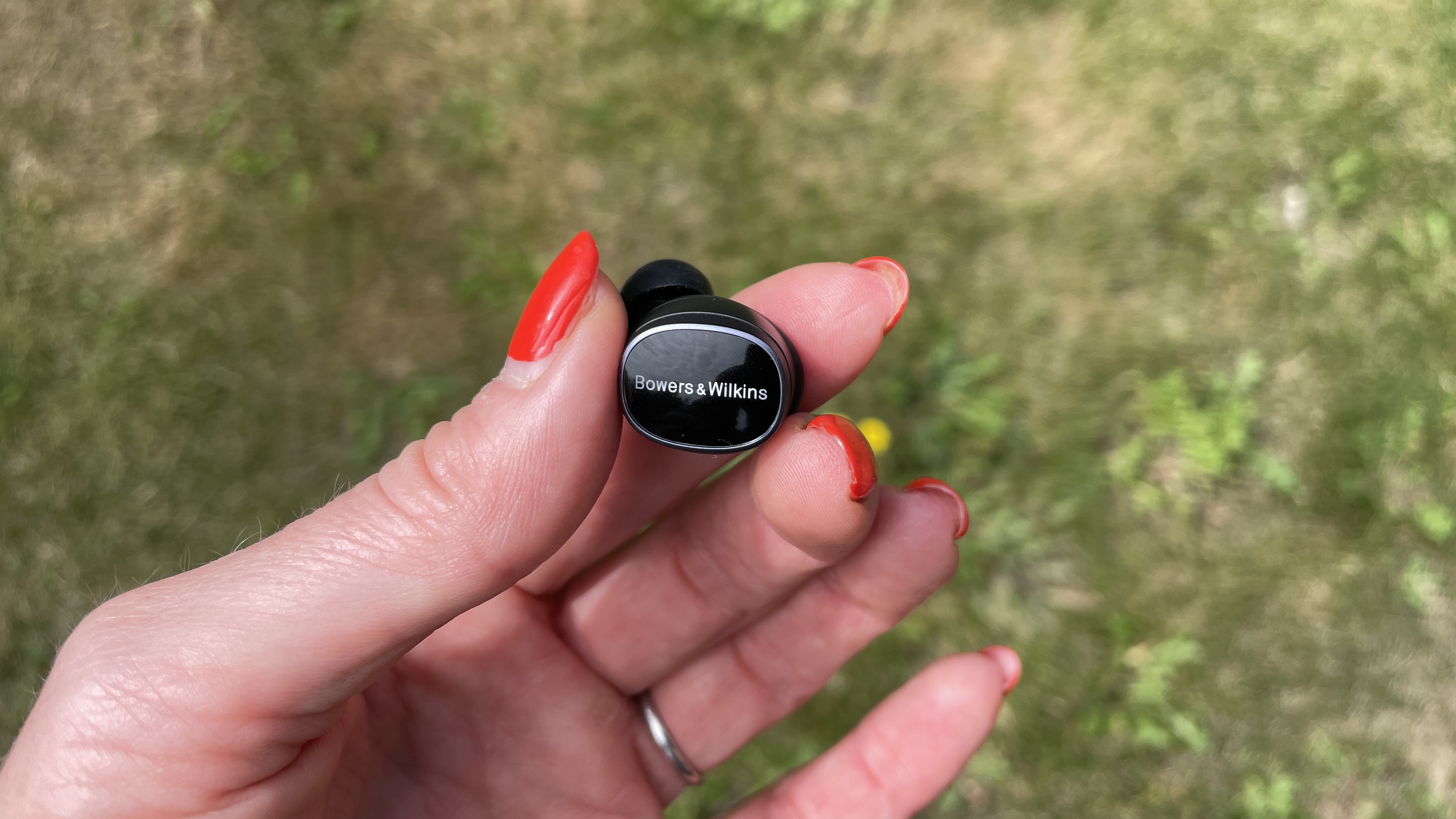
But for me, none of these is the biggest selling point in the company's latest offering. So what is? Well, I knocked the Pi7 S2's comfort under intense review, writing "Here's the thing: the shape of the Pi7 S2 is not especially small or ergonomically shaped, to the point that I have to actually stretch my right ear around the main body of the unit and sort of push the earpiece down, wedging it in place."
Yes, they were jewel-like and quite beautiful in my hand, but in my ears they felt less than fabulous. And I'm happy to report that this has all changed now. In addition to removing any metallic caps to aid connectivity, the design of the driver housings has been completely reworked, and if I'm honest, it's similar to the concha design of the splendid Technics EAH-AZ80 – which is no bad thing. Also, the top of each earbud is now a large capacitive touch-surface with more advanced sensors, and in my early tests, on-ear controls are responsive and useful.
The Pi8 are undoubtedly the most comfortable earbuds the brand has ever made, even at 7g (which sounds heavy in this space, but they don't feel it) and, because sound quality was never the problem with B&W's output, I predict a huge hit. Obviously this isn't a full review, but that's my early impression.
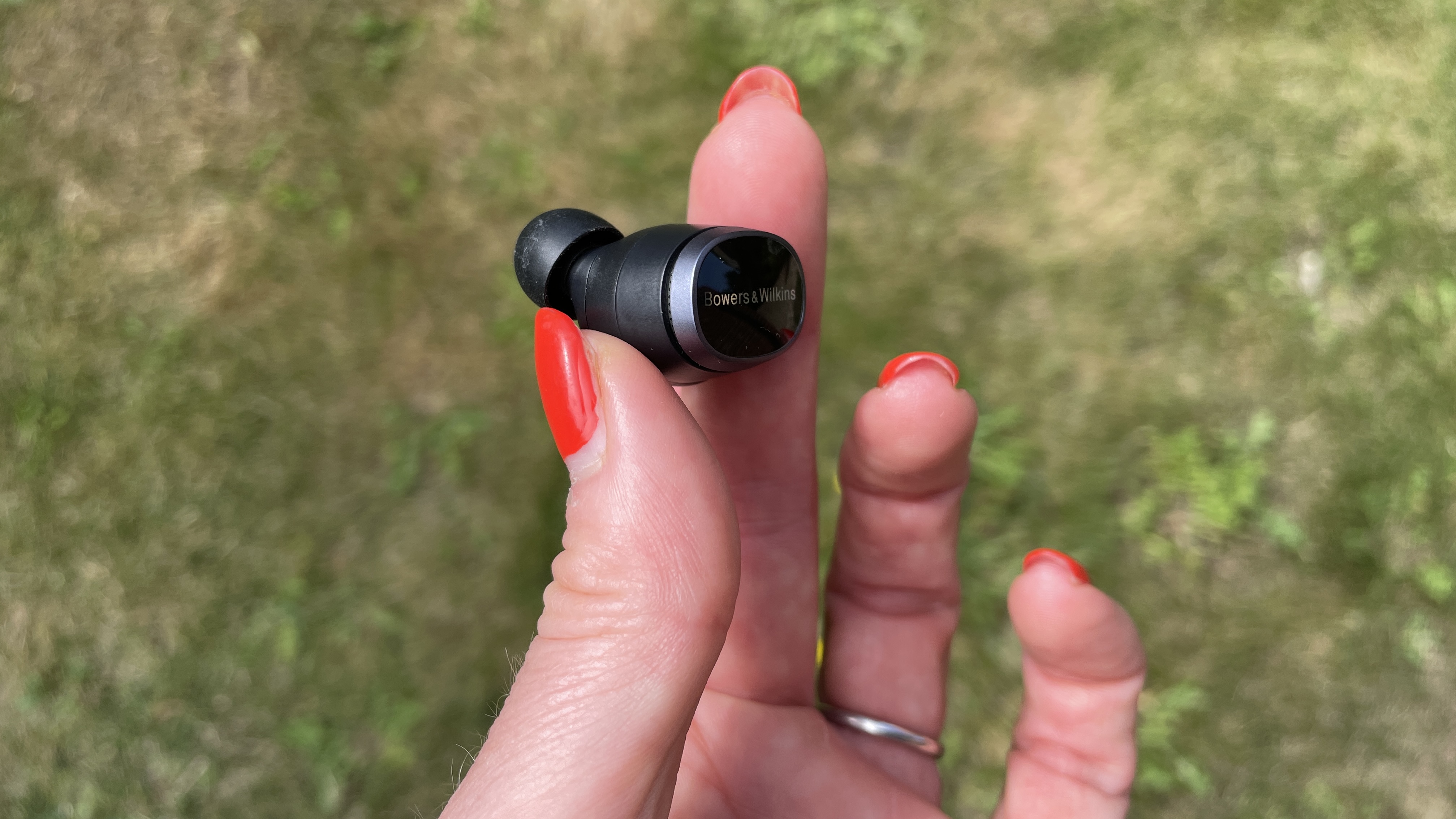
Both sets of B&W buds use the latest Bluetooth 5.4 specification and you get multipoint support for two devices, IP54-rated protection (for the earbuds only) plus improvements to the set-up and user experience, including 'Made for iPhone' (MFi) support for seamless integration, with iOS devices and Google Fast Pair (GFP) support promised for shortly after launch.
Pi8 owners can also access a user-adjustable Bowers & Wilkins five-band Advanced EQ function to fine-tune the sound of the earbuds to their personal taste (bass and treble tone-control adjustments are included for Pi6 users) and both Pi6 and Pi8 feature three carefully positioned microphones in each earbud.
As you might expect, the Pi6 are built around the same noise-rejection platform used in the outgoing Pi7 S2, while the Pi8 adopt the tech found in the flagship Px8 over-ears. This is teamed with a new noise cancellation ANC algorithm developed by B&W, and the company told me that while they don't make any huge claims for the active solution (it was already rather good), you'll get up to 5dB of extra noise-nixing passively thanks to those design upgrades.
Stamina speaks to us – and cash is king
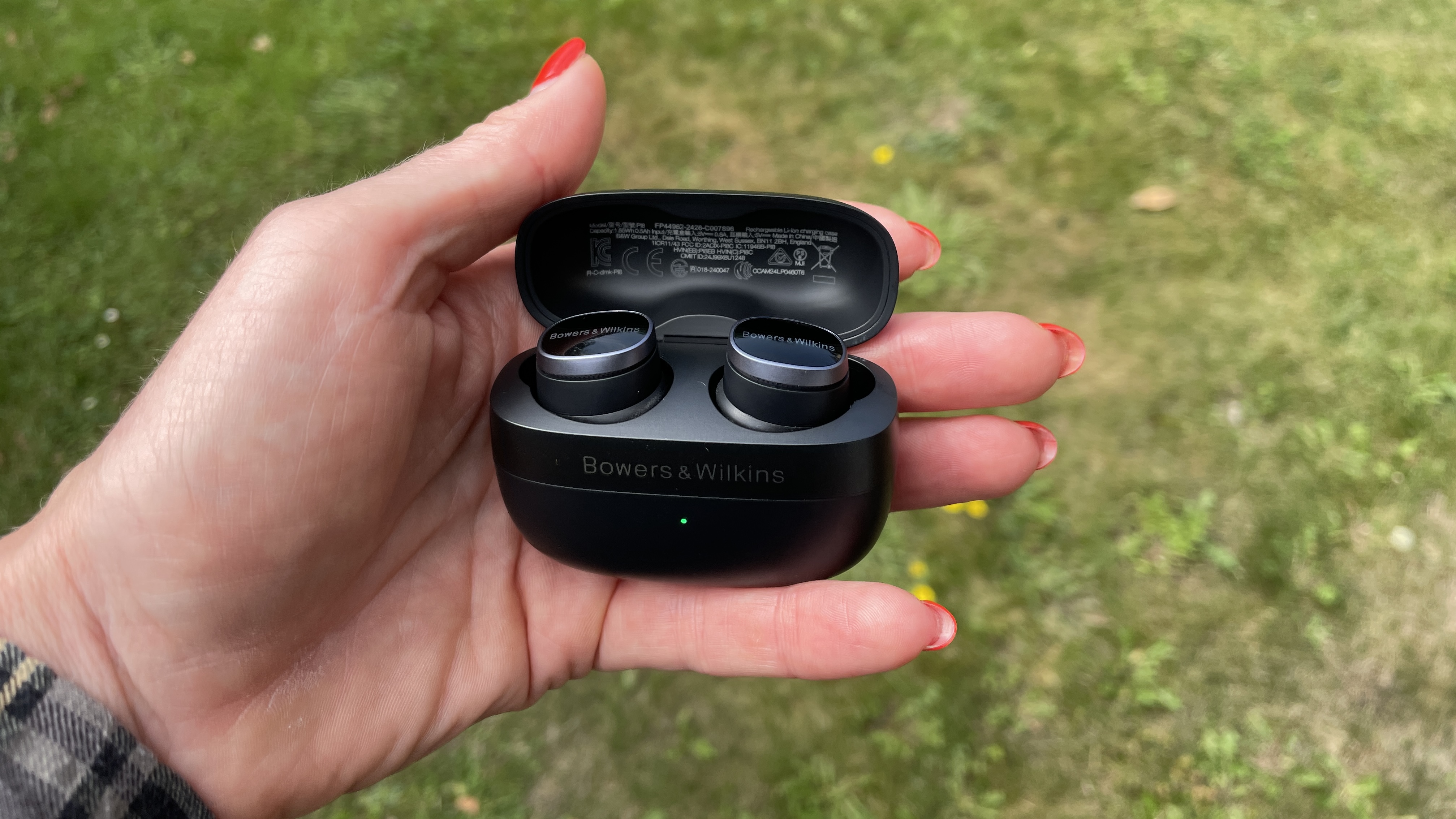
Both the Pi6 and Pi8 offer more battery life than their older siblings – although not much more. The Pi6 promise up to eight hours of listening from the earbuds before charging is required, with the charging case offering up to a further 16 hours of use for a 24-hour combined total playtime. The Pi8 offer 6.5 hours from the earbuds and a further 13.5 hours from the case, for 20 hours of total use – but the good news is that all these figures are quoted with ANC on. For clarity, the Pi7 S2's stamina was five hours for the earbuds (ANC off) and an additional 16 hours from charging case, for a 21-hour total.
The Pi6 and Pi8 are available in various different finishes. The Pi6 will be offered in Storm Grey, Cloud Grey, Forest Green and Glacier Blue, while the Pi8 come in Anthracite Black, Dove White, Jade Green and Midnight Blue.
The Pi8 will be available from today (August 21) priced $399 / £349 / AU$599. The Pi6 will be available from September 15, priced $249 / £219 / AU$449.
When you consider that the 2021 Pi7 also launched at $399 / £349 / AU$699, it's good to see that Bowers & Wilkins isn't upping the asking prices – although that's still top-end money compared to rivals in our best noise-cancelling earbuds guide. Stay tuned for my full, in-depth review of the Bowers & Wilkins Pi8.
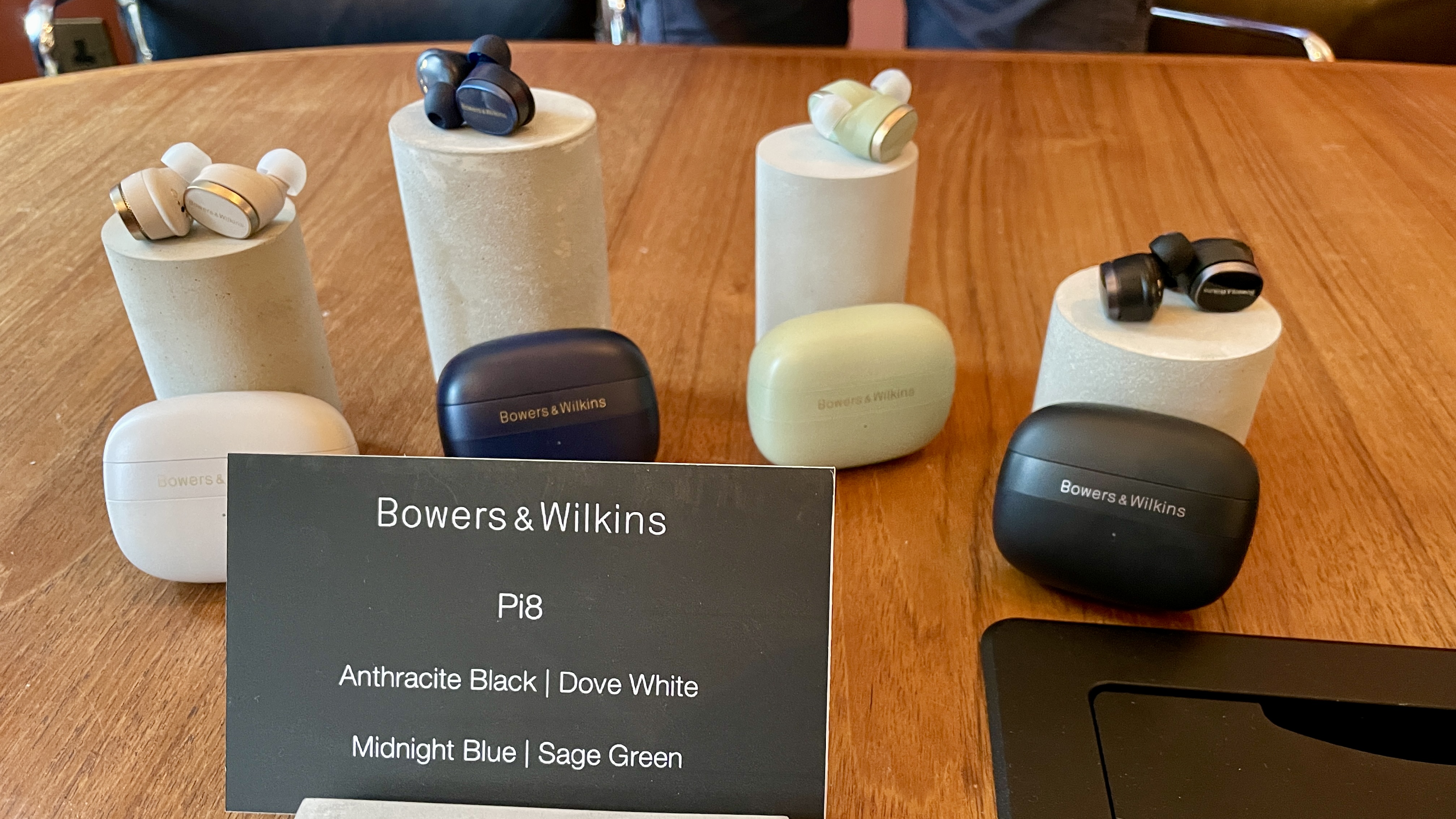
You may also like
- On a budget? See our pick of the best affordable wireless earbuds
- Want a portable music streaming device that's not your phone? Check out our roundup of the best hi-res audio players on the market
- Know your FLAC from your ALAC and get into hi-res audio with our audio file format explainer







